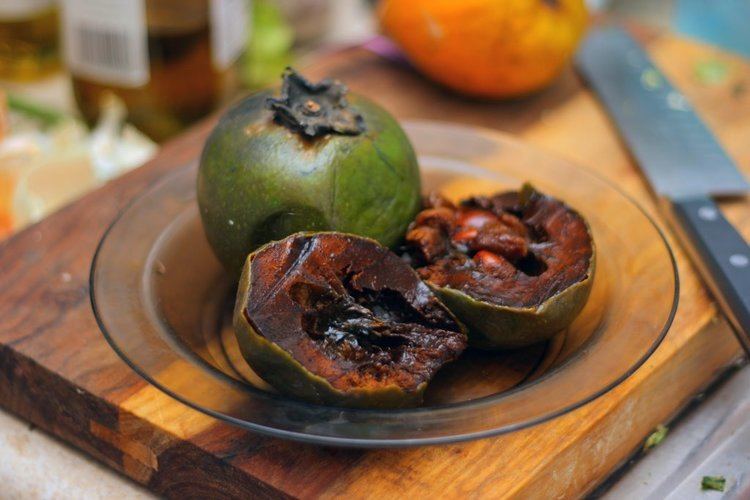Sapote (from Nahuatl tzapotl) is a term for a soft, edible fruit. The word is incorporated into the common names of several unrelated fruit-bearing plants native to Mexico, Central America and northern parts of South America.
Some but not all sapotes come from the family Sapotaceae:
Sapotaceae sapotes:
Sapodilla, also called naseberry (Manilkara zapota) is native to Mexico, Guatemala, Nicaragua, Belize, and possibly El Salvador. The Sapotaceae were named after a synonym of this species.
Yellow sapote (Pouteria campechiana) is native to Mexico and Central America.
Mamey sapote (Pouteria sapota) is from southern Mexico to northern South America.
Green sapote (Pouteria viridis) is native to lowland southern Mexico.
Ebenaceae sapotes:
Black sapote (Diospyros nigra), from eastern Mexico south to Colombia, is probably the original Aztec tzapotl.
Chapote (Diospyros texana) is native to the lower Rio Grande valley region in Texas and Mexico
Other sapotes
White sapote (Casimiroa edulis: Rutaceae) is native to northern and central Mexico, Costa Rica, El Salvador and Guatemala.
South American sapote (Quararibea cordata: Malvaceae) is native to the Amazon rainforests of Brazil, Colombia, Ecuador, and Peru.

